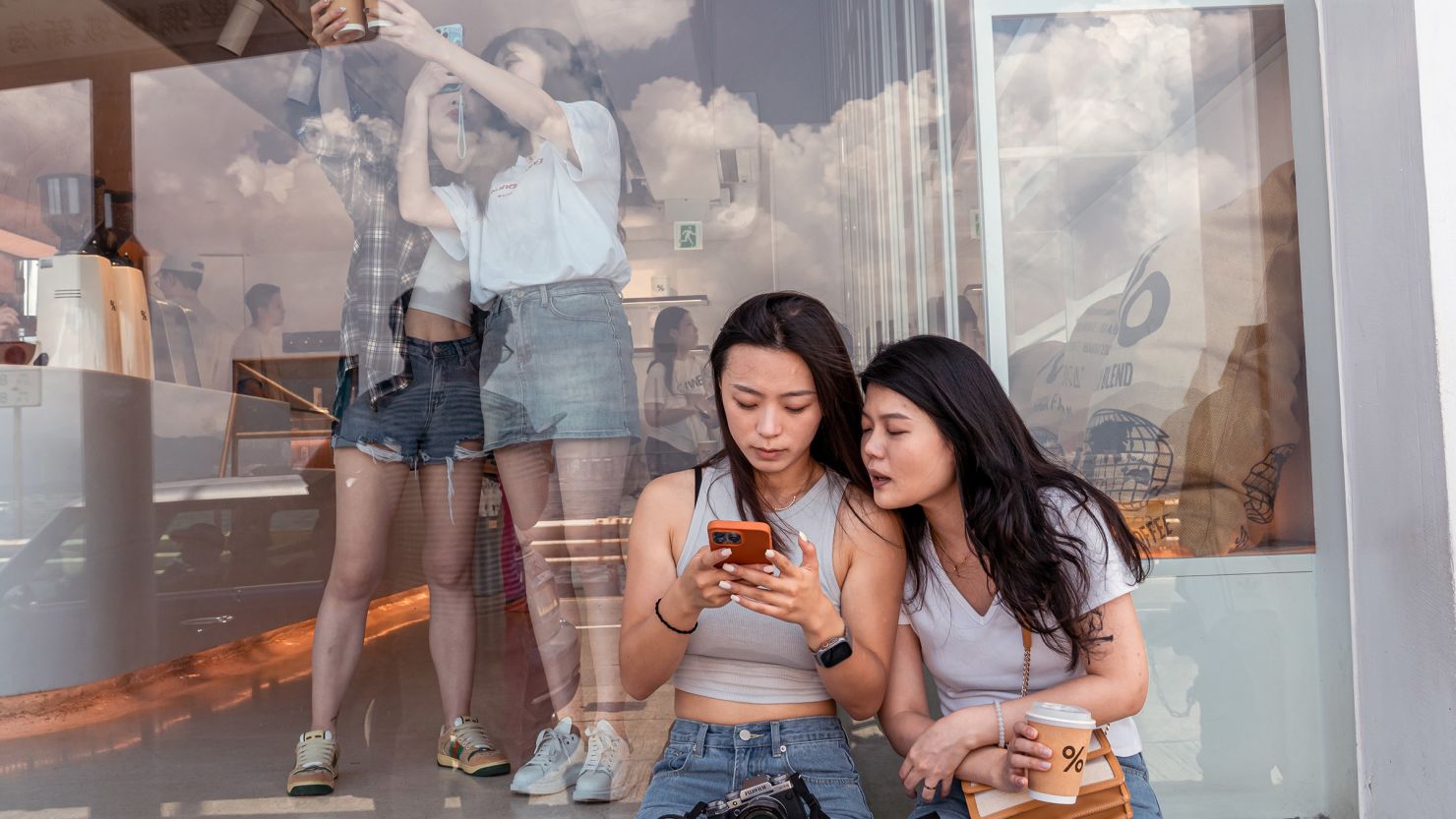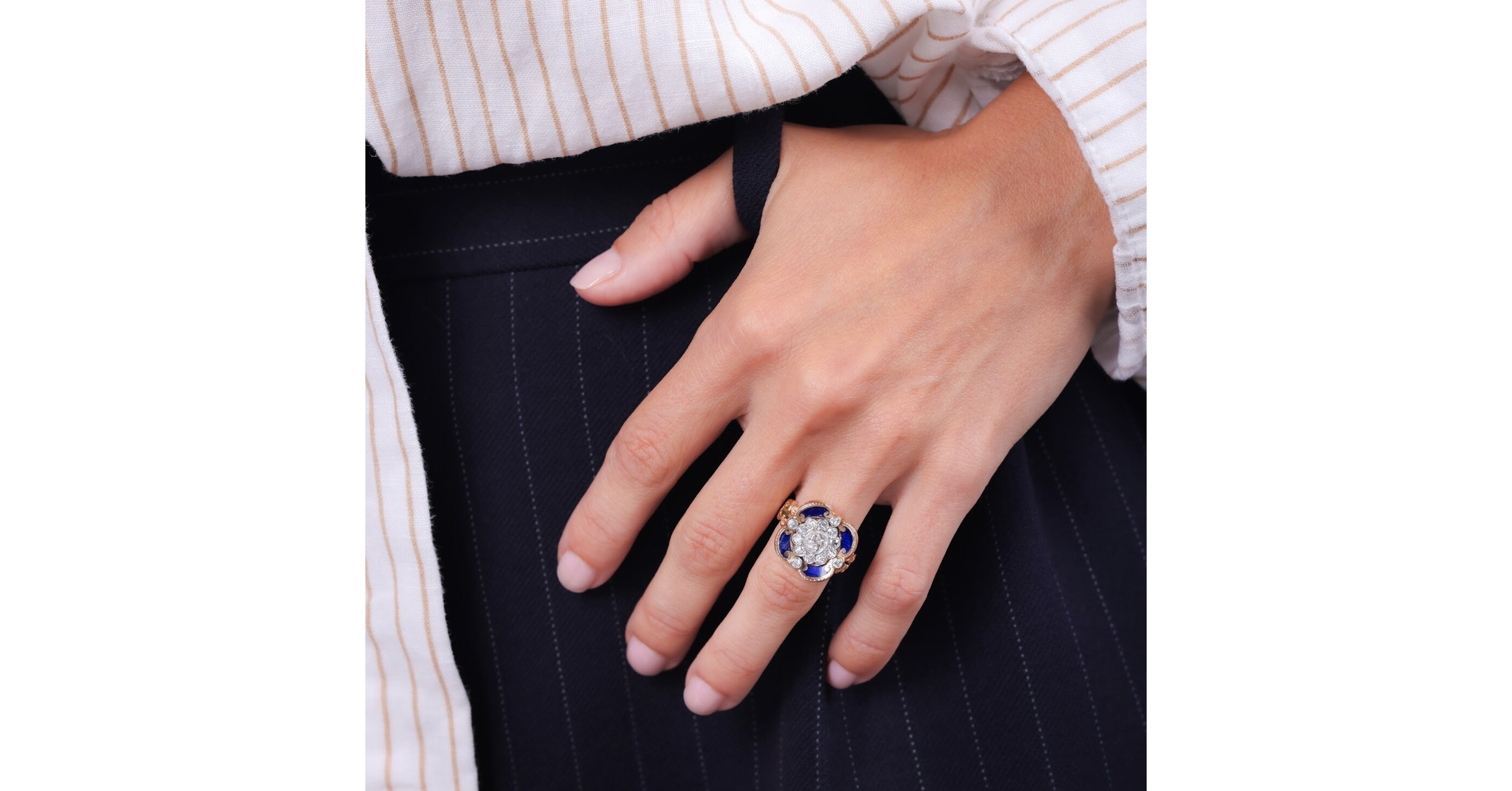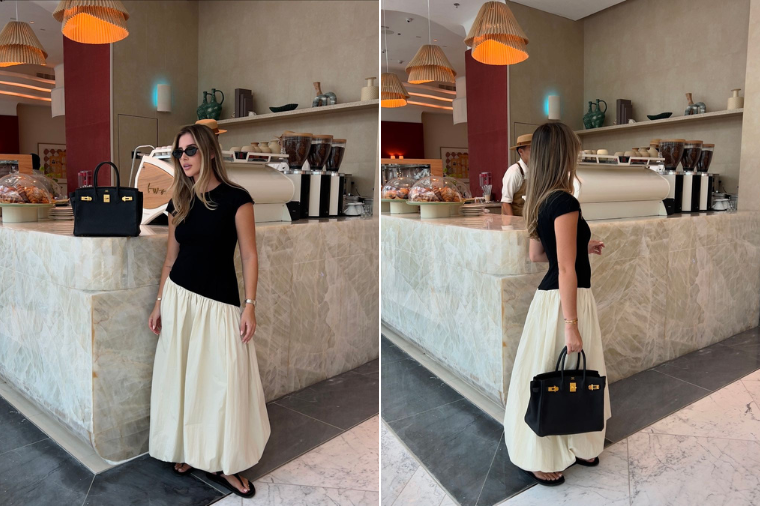Tucked away in a residential neighborhood in the west of Hong Kong, the Kennedy Town Playground’s basketball courts aren’t particularly noteworthy. Most locals walk past them on their way to somewhere else. But for many tourists visiting the city from mainland China, the courts are a must-see destination.
They’re not interested in joining a pick-up basketball game. It’s because the courts, perched on the side of a hilly slope, offer great views of the Hong Kong skyline. Meanwhile, a thousand miles away in Seoul, Mandarin-speaking crowds have been converging on Seongsu-dong, an area known for hip cafes.
But instead of sipping lattes, they take pictures of a photogenic wall painted with a red rectangle. These Chinese travelers aren’t finding out-of-the-way locations by chance. Many of them are followers of Xiaohongshu (Little Red Book), China’s answer to Instagram, which has also become their travel bible.
Reading the Little Red Book “(Xiaohongshu) is comprehensive and it offers a lot that other platforms aren’t able to match,” Jiao Le, a tourist from Beijing, told CNN during a recent visit to the basketball courts in Hong Kong. With 1.4 billion citizens, China is a major force to be reckoned with in the travel market.
However many existing travel apps and recommendation tools are not comprehensive in Chinese. Hence Xiaohongshu has been able to corner the market – and change the way people travel in Asia and beyond. The app’s users have transformed seeming.


















